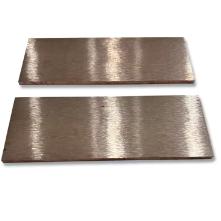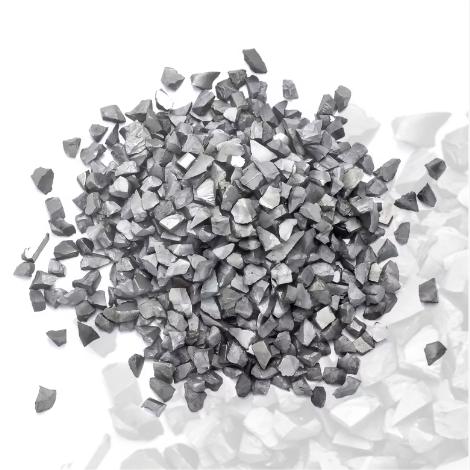**Hot Metal Mysteries: Do Holes Shrink or Expand When Heated?**
(Will A Hole In A Uniform Metal Plate Get Larger Or Smaller With Heating?)
Picture this: you’re in a workshop, holding a metal plate with a neat hole drilled through it. You heat it over a flame. What happens to that hole? Common sense might whisper, “Metal expands when hot, so the hole gets smaller!” But hold on. The truth is sneakier than that. Let’s break it down.
First, metals really do expand when heated. Atoms inside vibrate faster and push each other apart, making the material grow. Now, imagine the metal plate as a grid of atoms. Heating it causes every part of that grid to stretch—length, width, and yes, even the empty spaces. Think of it like a cartoon cookie dough sheet. If you stretch the dough, the cookie cutter hole gets bigger too. The hole isn’t “fighting” the expansion. It goes along for the ride.
Let’s test this with a real-world example. Take a metal ring. Heat it up, and the inner diameter grows. Try fitting it over a pipe—it’ll slide on easier when hot. The same logic applies to the hole in the plate. The metal around the hole expands outward, pulling the edges of the hole wider. If the plate were magical and could grow infinitely, the hole would keep expanding forever.
But why does this feel counterintuitive? Many assume the metal “swells inward” to fill the gap. That’s not how materials work. Expansion happens equally in all directions. The hole isn’t a separate entity—it’s part of the metal’s structure. When the structure grows, so does the hole.
Here’s another angle. Imagine drawing a circle on a flat metal sheet. Heat the sheet, and the circle stretches into a larger oval (if heated unevenly) or a bigger perfect circle (if heated evenly). The line you drew isn’t a physical barrier. It’s just a marker on a material that’s expanding everywhere.
Still not convinced? Try this mental experiment. Picture a giant metal donut. Heat it, and the donut’s thickness, outer edge, and inner hole all grow. If the hole shrank instead, the donut would somehow have to crumple inward while the rest expands. That’s like blowing up a balloon but expecting the air pocket inside to get smaller. It doesn’t add up.
Real-life engineers use this principle daily. Train tracks have gaps to allow for summer expansion. Bridges include expansion joints. If a bolt is stuck, heating it can loosen the fit—because the hole in the nut expands. Even simple things like jar lids become easier to open under hot water. The heat isn’t just melting stuck gunk. It’s slightly enlarging the lid’s metal.
Now, think about car engines. Pistons fit snugly into cylinders. When the engine runs hot, the metal parts expand. Engineers design precise gaps so parts don’t seize up. If the cylinder’s hole shrank when heated, pistons would jam. But they don’t—because the holes grow, maintaining safe clearance.
What if the metal isn’t uniform? Say the plate has mixed materials or uneven thickness. Heating might cause warping or uneven expansion. But in a uniform plate, the hole’s fate is clear: it grows. The bigger idea here is that materials don’t “target” specific areas when expanding. They stretch as a whole, holes included.
(Will A Hole In A Uniform Metal Plate Get Larger Or Smaller With Heating?)
So next time you’re struggling with a stubborn lid or a tight bolt, remember the hole rule. Heat the metal, and let physics do the work. Just don’t burn your fingers.
Inquiry us
if you want to want to know more, please feel free to contact us. (nanotrun@yahoo.com)


